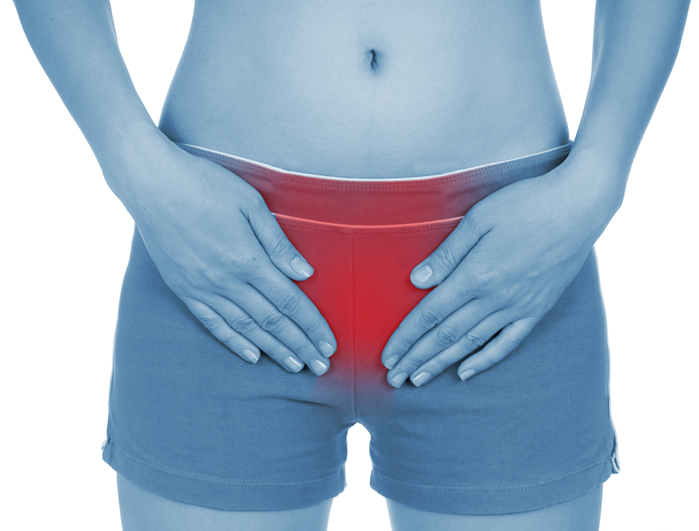Symptoms may include:
-
Dysmenorrhoea (Painful menstruation)
-
Infertility
-
Pain (Which can occur prior to commencing a period, during ovulation, on internal examination, as back pain radiating to legs, umbilical/midline pain)
-
Fatigue
-
Dyspareunia (Painful sexual intercourse)
-
Heavy, prolonged or irregular periods
-
Premenstrual spotting may occur
-
Painful bowel movements
-
Bleeding from bowel
-
Pain before, during or after micturition
Some women may not experience any of these symptoms, and may be diagnosed inadvertently during investigations for infertility or surgery for other reasons.
Diagnosis and Treatments
While a preliminary diagnosis of endometriosis can be based on the above symptoms, it can only be diagnosed definitively via a laparoscopy. (A surgical procedure performed through very small incisions in the abdomen, using specialized instruments. A pencil-thin instrument called a laparoscope is used, and it gives the surgeon a clear view, on a TV monitor, of the inside of the abdominal cavity)
There is no cure for endometriosis, however there are a variety of treatments used to relieve symptoms, reduce or slow endometrial growth, prevent recurrence and if possible restore or preserve fertility.
Medical treatments include:
-
Combined oral contraceptive pill
-
Progestogens
-
Testosterone derivatives
-
Mirena Intra-uterine System
-
GnRH analogues
These treatments can not be used if a woman is attempting to become pregnant.
Surgical treatments include:
-
Laparoscopic ablation using cautery or laser- Aims to remove and destroy endometrial growths
-
Laparotomy – (open operation in pelvis) As above
-
Hysterectomy- (removal of the uterus). Used in severe cases. The chance of persistent disease is raised if the ovaries remain, therefore they may also be removed.



